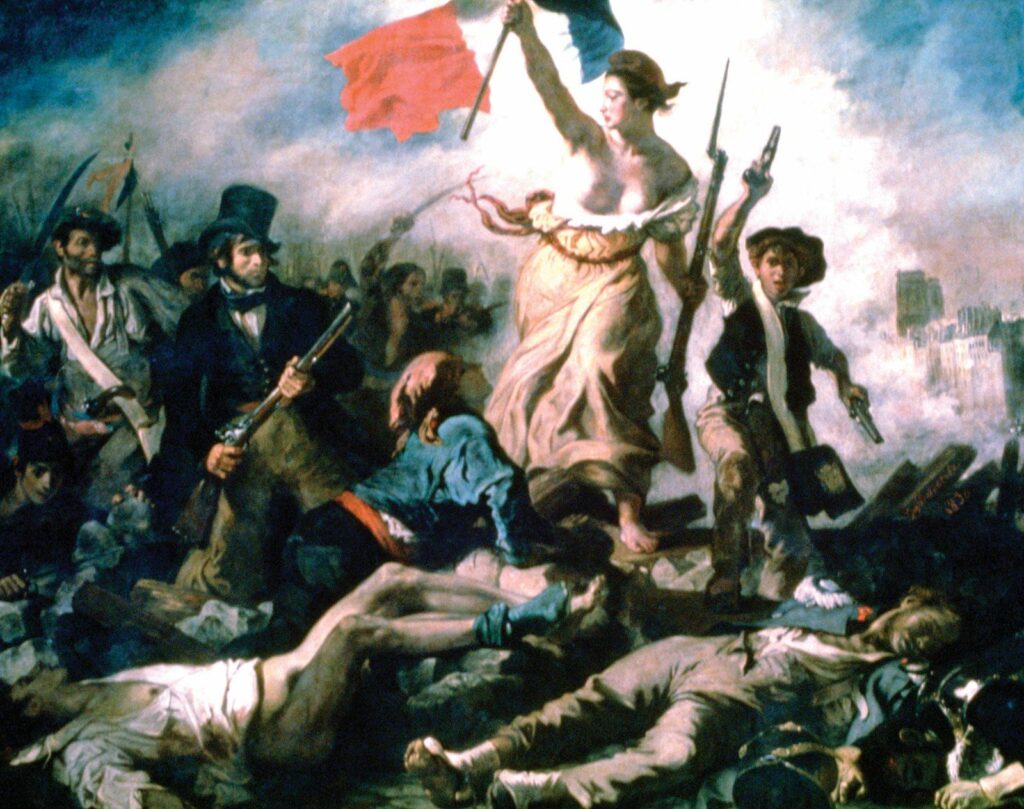
In the previous chapter I tried to outline, with realism and even with a bit of brutality, what the contours of this industry are, to try to understand what, in all sincerity, pushed us to start our career in it, and above all what it pushes us to continue our efforts, perpetually trying to grow, to improve, to advance, seemingly without a moment’s respite.
There is much positive in this, indeed, since movement and transformation, in addition to being the “raw material” of our profession, are also an indispensable index of vitality. However, it is also an impressive individual commitment, which transcends that required by many more common jobs.
To do this I will start, as in many film scripts today, from the end.
You should know that I started this profession in a completely unexpected way, out of my original life plans, a many years ago, and I can well say that, in this rather long period of time, “I’ve seen things you people wouldn ‘t believe…”
In particular, I can say that I have experienced firsthand, from within my professional career, at least 4 important global “revolutions” of this industry, plus some intermediate upheavals of lesser impact, which, over the last 40 years or so, radically shaked the foundations of its methods, hardware and software systems, costs, technologies and manufacturing processes. Dragging into this process of radical change all the connected human resources, skills and perspectives of the artists, i.e. of the people who have worked and work there, forcing them to undergo continuous and tiring technical and creative updating, and at the same time subjecting them to substantial rearrangements in roles, hierarchies, salary classifications, short and long-term career prospects.
It is a great, continuous and exhilarating challenge, which certainly contributes to making this profession an engaging adventure, always open to possible great personal and professional satisfaction.
However, as President Mao Zedong once wrote: “Revolution Is Not a Dinner Party”, so it cannot be denied that, as happens in any respectable revolution, growth and changes always occur requiring a significant human cost, leaving hundreds, thousands of people by the side of the road; human beings with their families, many of them renowned and very skilled artists or technicians, among all those who do not endure, or were unable to adapt to the fast changes on time, or that simply suddenly found themselves to be experts in obsolete systems, erased by the lightning fast technological changes.
I will try to summarize this whole long but exciting story in a few fundamental steps. follow me in my next post, dedicated to:
The First Revolution: “From Analog to Digital“
